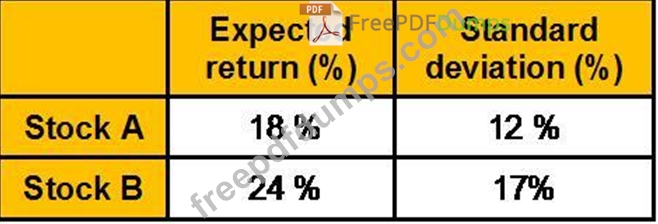GLO_CWM_LVL_1 Exam Question 146
Ramesh aged 50 could not save for his retirement till date but now decides to save Rs. 50000 per month till his retirement age of 65. He anticipates that the return in the first 5 years would be 13% p.a. next 5 years 10% and in the last 5 years 8% p.a. He wants to accumulate a corpus of Rs. 1.50 Crores till his retirement. Calculate the surplus or shortfall he would have on his retirement.
GLO_CWM_LVL_1 Exam Question 147
Dividend received by a shareholder from an Indian company the whole of whose income is agricultural income shall be treated as:
GLO_CWM_LVL_1 Exam Question 148
Which of the following are investment intermediaries?
GLO_CWM_LVL_1 Exam Question 149
Rhona has a daughter Zena five years old. She wants to plan for Zena's education and has found out that she would be requiring 2,75,000 at her age 18 and another 4,50,000 on her age 25. She also wants to have Rs.
10,00,000 for Zena's Marriage which she expects at the age of 28. She wants to deposit the entire amount for these expenses today in an account that pays a ROI of 15% per annum compounded annually. What would this amount be?
10,00,000 for Zena's Marriage which she expects at the age of 28. She wants to deposit the entire amount for these expenses today in an account that pays a ROI of 15% per annum compounded annually. What would this amount be?
GLO_CWM_LVL_1 Exam Question 150
Consider two stocks, A and B

The returns on the stocks are perfectly negatively correlated.
What is the expected return of a portfolio comprising of stocks A and B when the portfolio is constructed to drive the standard deviation of portfolio return to zero?

The returns on the stocks are perfectly negatively correlated.
What is the expected return of a portfolio comprising of stocks A and B when the portfolio is constructed to drive the standard deviation of portfolio return to zero?

